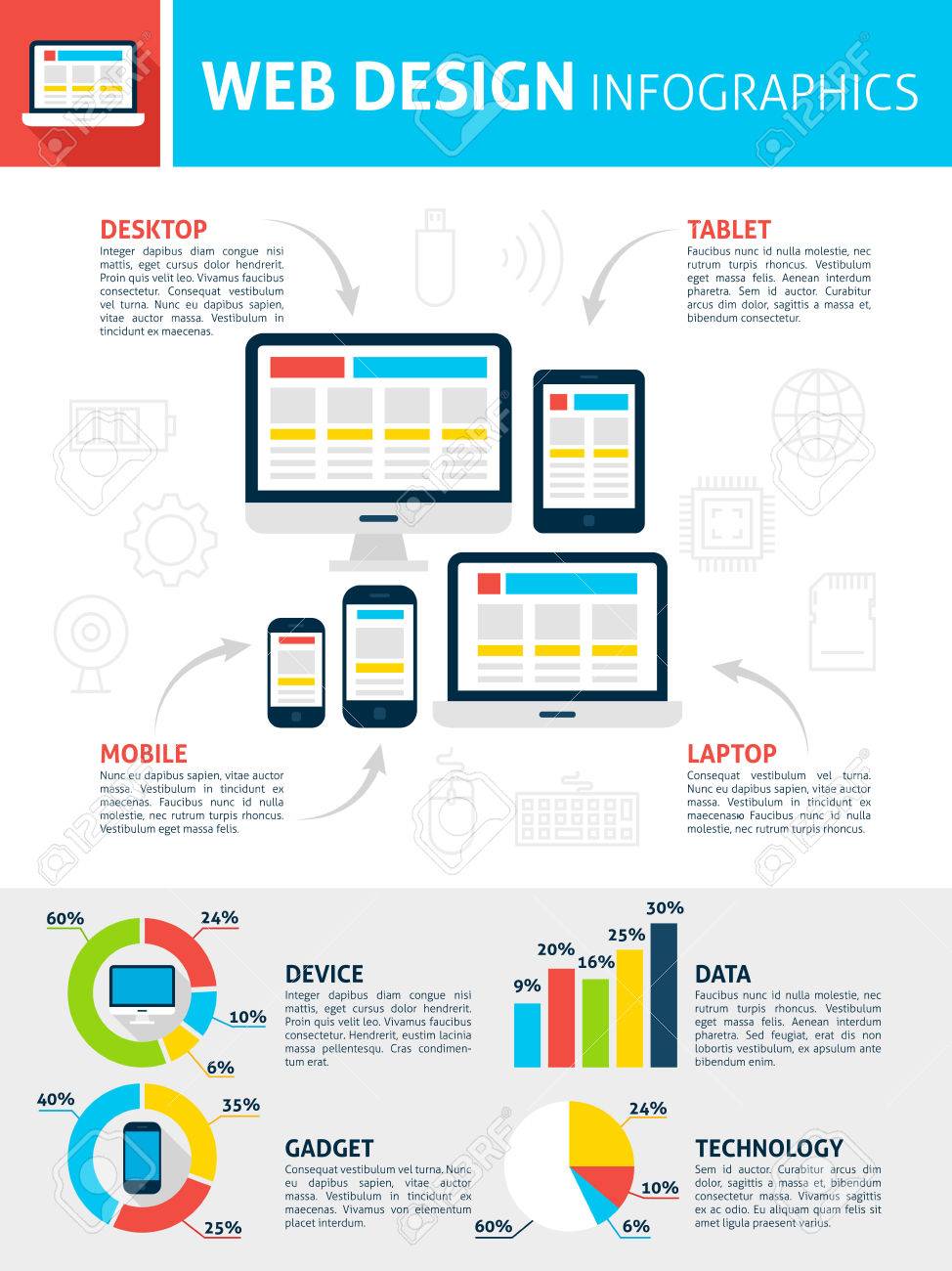Prepare Yourself To Journey Via Time And Discover How Websites Have Become Much More Innovative, User-Friendly, And Visually Stunning
Prepare Yourself To Journey Via Time And Discover How Websites Have Become Much More Innovative, User-Friendly, And Visually Stunning
Blog Article
Content Author-Thorsen Hyldgaard
In the past, internet sites were basic and concentrated on information. Navigation was straight, and style was for desktop computers. Currently, individual experience is crucial. Data overviews styles for easy navigation. Responsive designs match various tools. Today, dark mode lowers stress, and minimalist menus improve navigation. Interactive features involve individuals, and bold visuals stick out. AI combination enhances interaction. See how design has actually developed to boost your online journey.
Early Days of Website Design
In the very early days of website design, simpleness reigned supreme. Web sites were standard, with restricted shades, font styles, and layouts. The emphasis got on providing information rather than showy visuals. Customers accessed the internet through slow dial-up links, so speed and performance were essential.
Navigating food selections were straightforward, typically situated at the top or side of the page. Sites were made for desktop, as mobile surfing had not been yet common. How SEO And Adwords Work Together was king, and developers prioritized very easy readability over complex style aspects.
HTML was the key coding language used, and designers had to work within its restrictions. Computer animations and interactive functions were very little compared to today's standards. Sites were fixed, with little vibrant content or customized customer experiences.
Increase of User-Focused Style
With the evolution of web site style, a shift in the direction of user-focused design principles has actually come to be progressively popular. Today, developing sites that focus on customer experience is critical for engaging site visitors and achieving service goals. User-focused layout entails recognizing the needs, preferences, and habits of your target market to tailor the website's format, content, and features accordingly.
https://www.google.com/maps/place/Moon+and+Owl+Marketing/@32.9757271,-106.5344695,1840583m/data=!3m1!1e3!4m6!3m5!1s0x864ddeaa4179705b:0x488d41d2cc6b9750!8m2!3d32.9757271!4d-97.5696258!16s%2Fg%2F11b6mpccrg?entry=ttu&g_ep=EgoyMDI1MDIxMS4wIKXMDSoJLDEwMjExNDUzSAFQAw%3D%3D conduct extensive study, such as individual studies and usability testing, to gather insights and responses directly from users. This data-driven method aids in developing intuitive navigation, clear calls-to-action, and aesthetically appealing interfaces that reverberate with visitors. By placing the customer at the center of the design process, websites can provide an extra personalized and enjoyable experience.
Receptive design has additionally emerged as an essential element of user-focused style, guaranteeing that internet sites are optimized for numerous tools and display dimensions. This versatility improves ease of access and use, accommodating the diverse means individuals connect with web sites today. Fundamentally, the rise of user-focused style indicates a change towards producing electronic experiences that prioritize the requirements and assumptions of completion user.
Modern Trends in Web Design
Explore the most up to date trends shaping website design today. One noticeable pattern is dark mode style, supplying a sleek and contemporary look while minimizing eye pressure in low-light settings. Another key fad is minimal navigation, streamlining menus and enhancing customer experience by focusing on essential elements. Incorporating micro-interactions, such as animated switches or scrolling effects, can create a more appealing and interactive website. Receptive style stays critical, ensuring smooth user experiences throughout different gadgets. Furthermore, utilizing strong typography and asymmetrical layouts can include aesthetic passion and accentuate certain content.
Incorporating AI technology, like chatbots for client support or customized referrals, boosts user engagement and enhances processes. Accessibility has additionally end up being a considerable trend, with designers focusing on inclusive style practices to satisfy varied user needs. Welcoming sustainability by enhancing site efficiency for rate and efficiency is another arising pattern in web design. Collaborating with customer feedback and information analytics to repeat and boost layout constantly is necessary for remaining appropriate in the ever-evolving electronic landscape. By accepting these modern trends, you can create a visually attractive, user-friendly web site that resonates with your target market.
Verdict
As you review the advancement of internet site design from the very early days to currently, you can see how user-focused layout has come to be the driving pressure behind contemporary fads.
Accept the journey of modification and adaptation in website design, constantly keeping the customer experience at the center.
Stay existing with the current fads and technologies, and never ever stop progressing your approach to produce aesthetically stunning and straightforward websites.
Evolve, adjust, and develop - the future of website design is in your hands.
